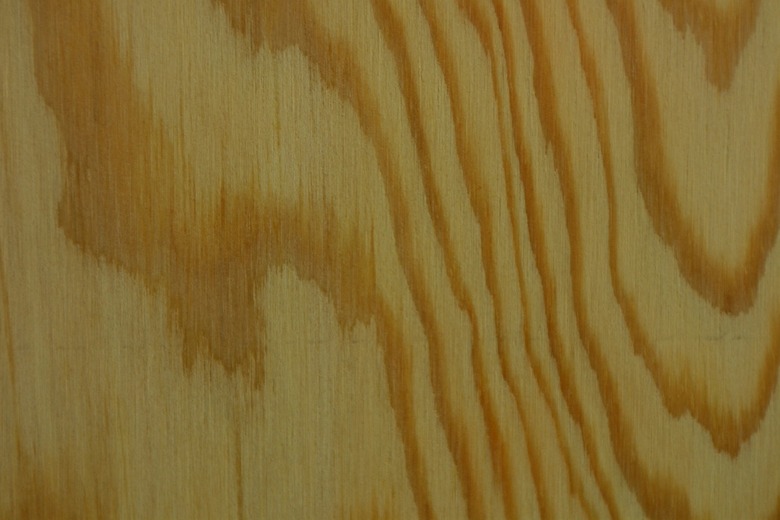The Advantages Of Finished Plywood Vs. Sheetrock
If you are planning on redoing your walls or ceilings, the typical materials you'll use include Sheetrock or finished plywood. Each has its benefits as a building material and in some cases, finished plywood is the better alternative. Understanding the benefits and limitations of both finished plywood and Sheetrock can help made the decision process easier.
Installation Process
Installation Process
Hanging Sheetrock is a laborious process that requires taping, mudding and extensive sanding before the wall can be primed and painted. Finished plywood can simply be nailed into place and requires no other effort. In addition,Sheetrock panels can weigh in excess of 50 lbs. apiece, depending on the thickness of the panel, and are cumbersome to install. Typically at least two people are needed for Sheetrock installation. Plywood is a lighter material and can be installed by one person.
As Wall Material
As Wall Material
Finished plywood can be installed as a wall material in two ways. The existing Sheetrock can be removed and the plywood can be nailed directly to the wall studs, or it can be installed over existing wall material to save time and money. So long as it is nailed into the studs of the wall, plywood can easily go over paneling, Sheetrock and even plaster with the right installation equipment. This provides more options and makes changing walls out much easier.
As Ceiling Material
As Ceiling Material
Although it is not as common, finished plywood can be installed on a ceiling for an entirely new look. Much like walls, you can either remove the existing ceiling material or install the plywood directly over the old ceiling. Because it is already finished, the ceiling does not need to be primed or painted, which will save time and effort. Finished plywood comes in a variety of finishes, which can completely change the look of the ceiling.
When it Can't Be Used
When it Can't Be Used
Plywood cannot be used as a wall or ceiling material in an area where water is present, such as in a kitchen or in a bathroom. The humidity levels in these rooms can cause the plywood to warp. In addition, plywood cannot be installed in below-grade rooms unless special vapor barriers are used. Even then, it can still be affected by moisture levels and it is not recommended. Once plywood gets wet, it can harbor mold and bacteria, making it unsafe.
